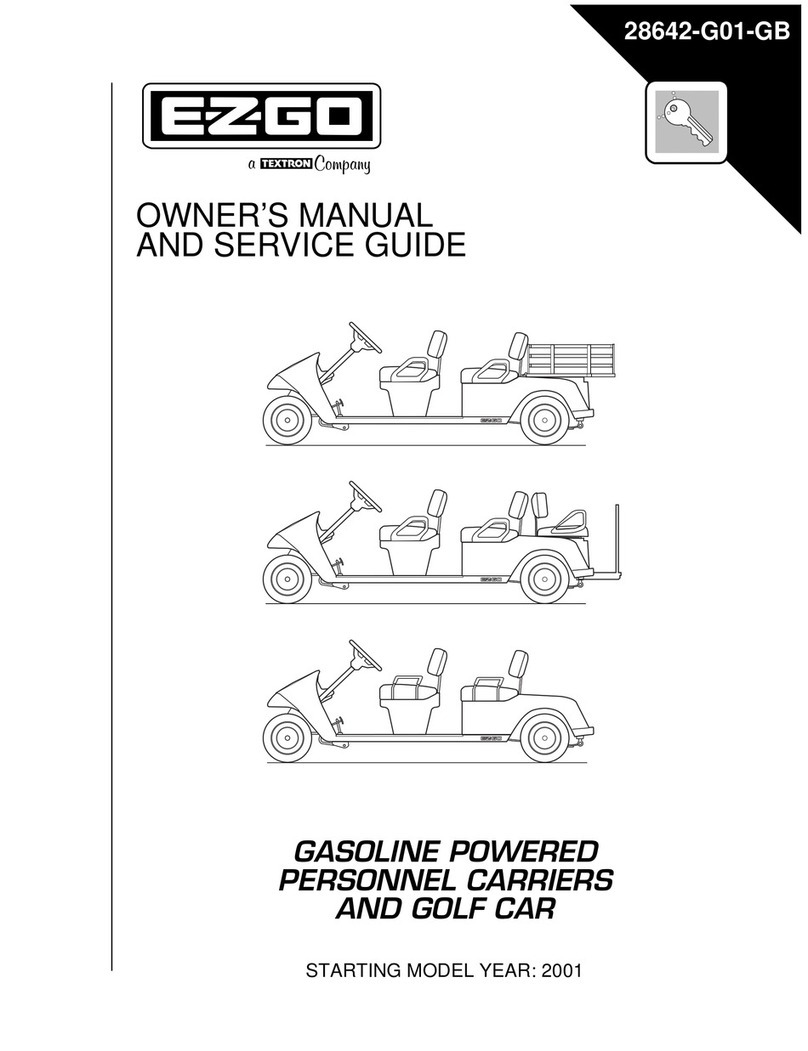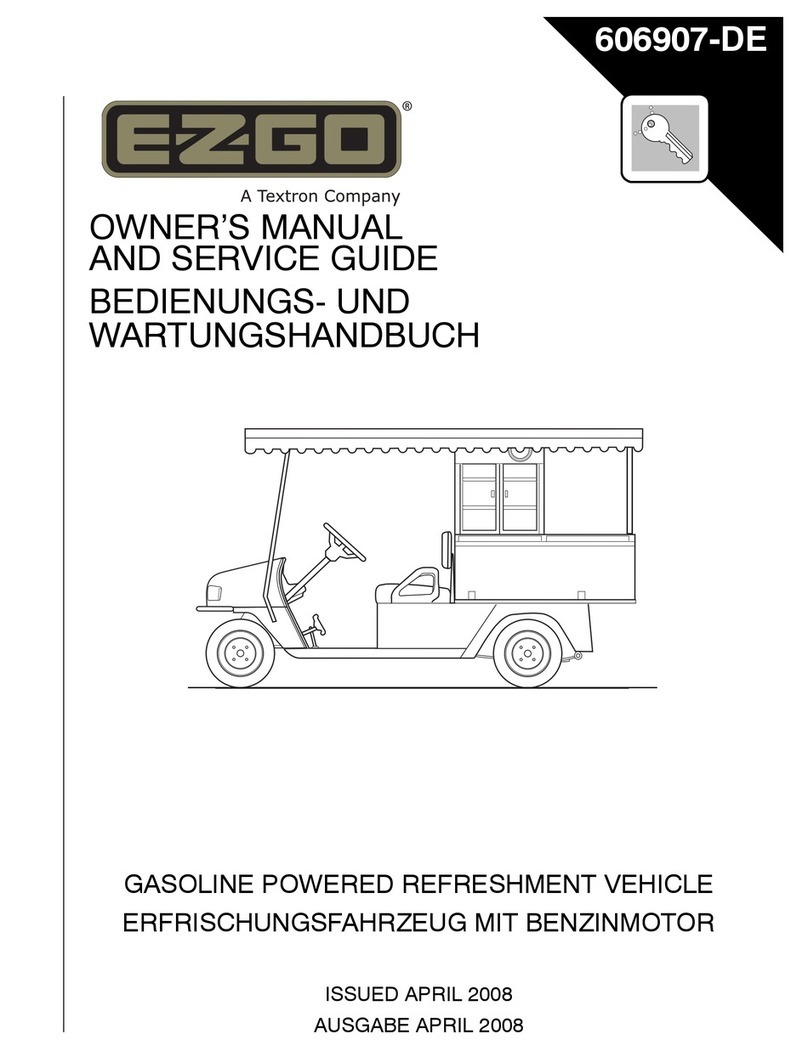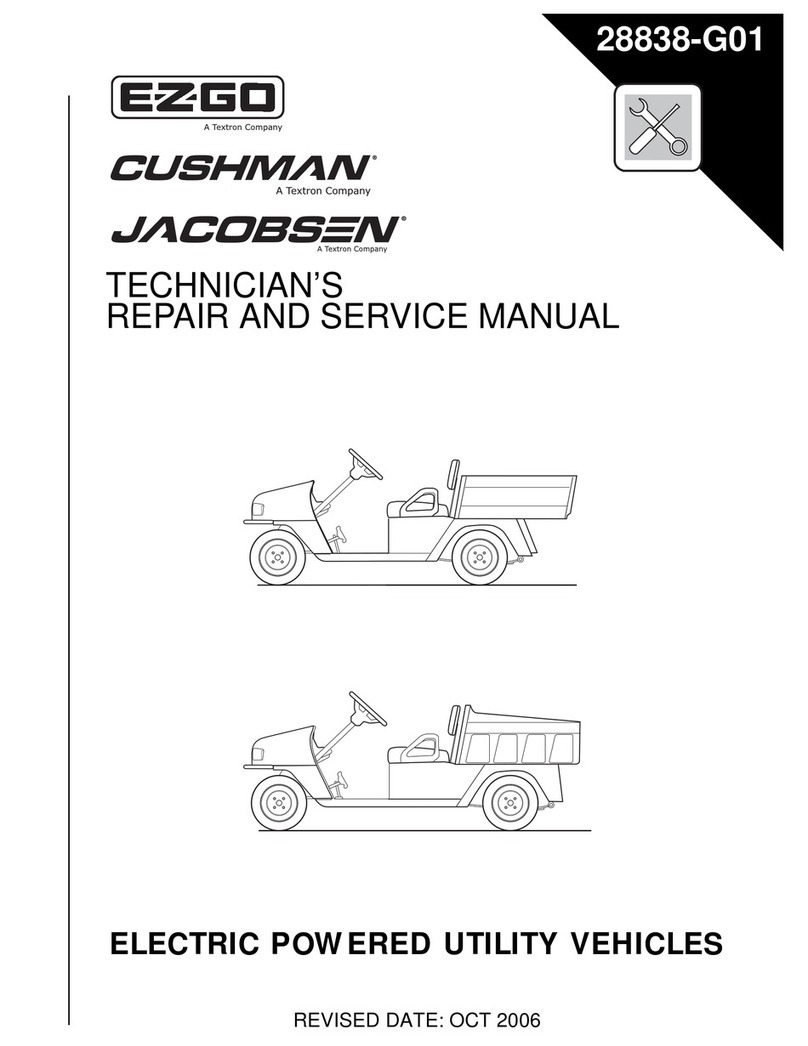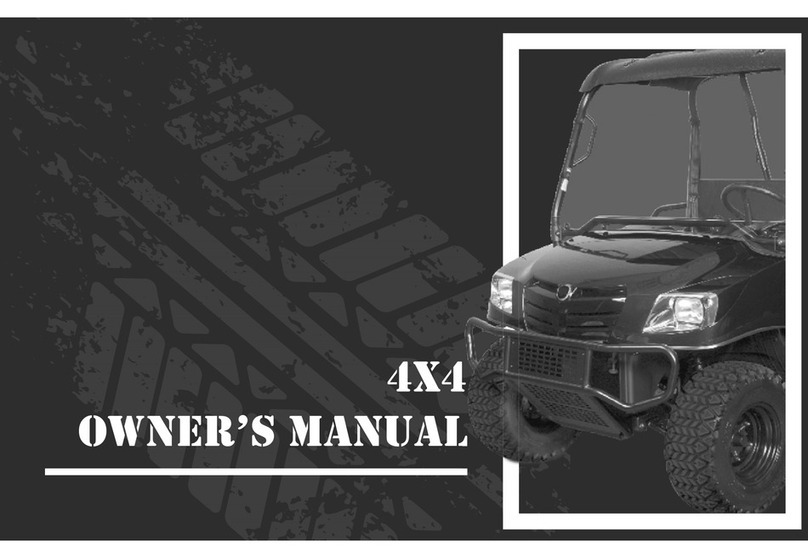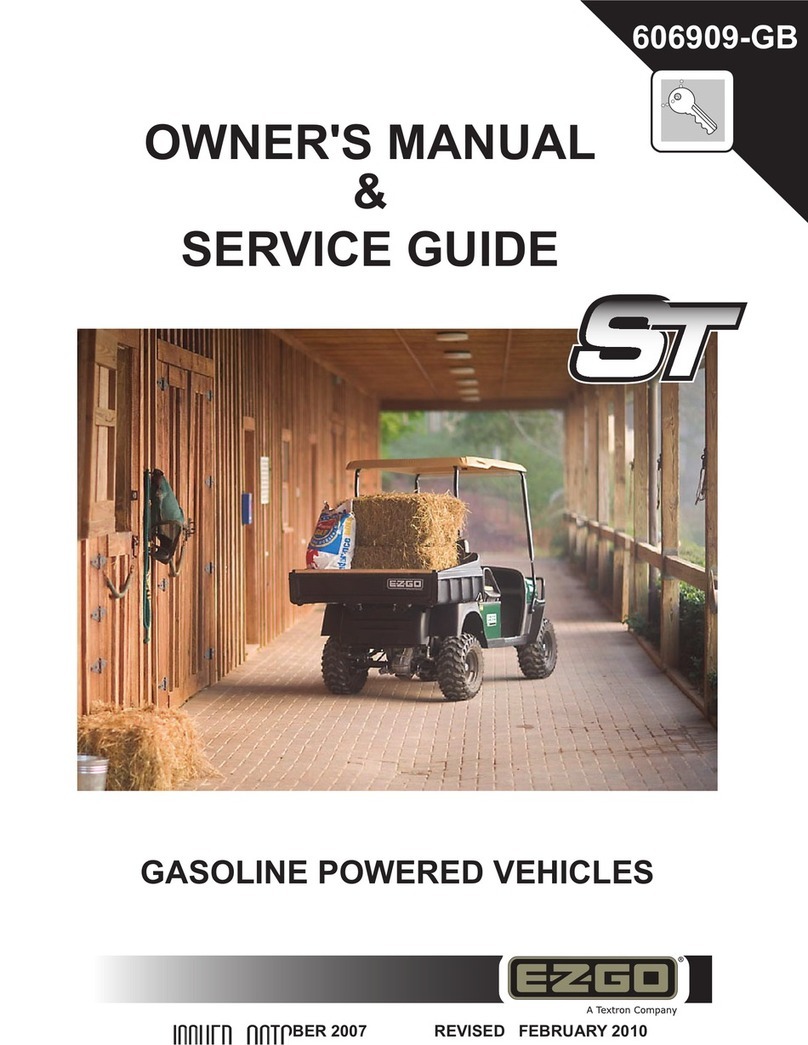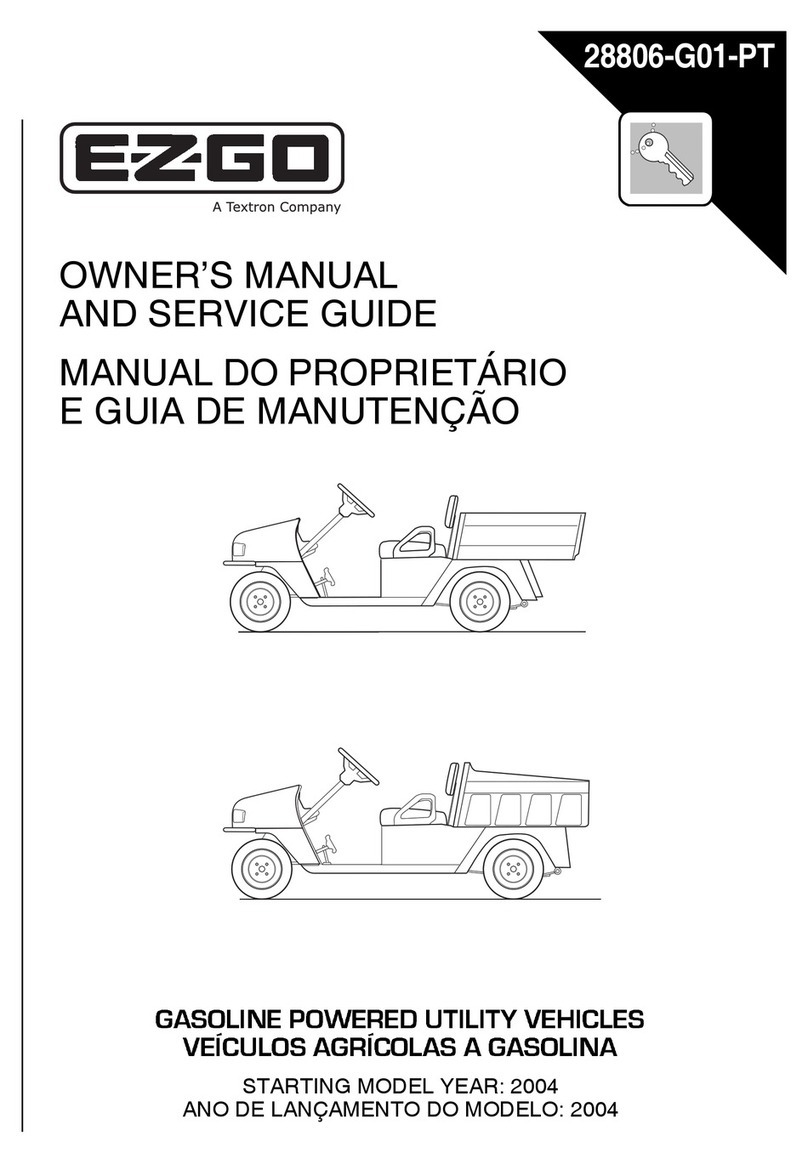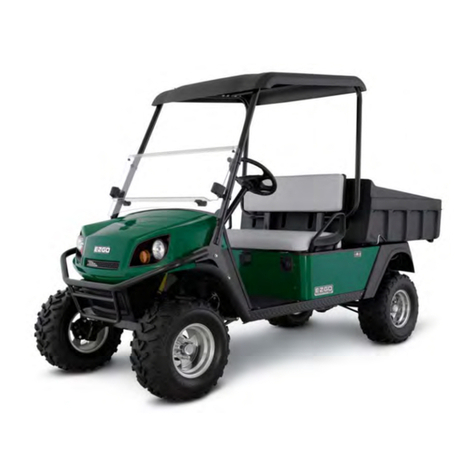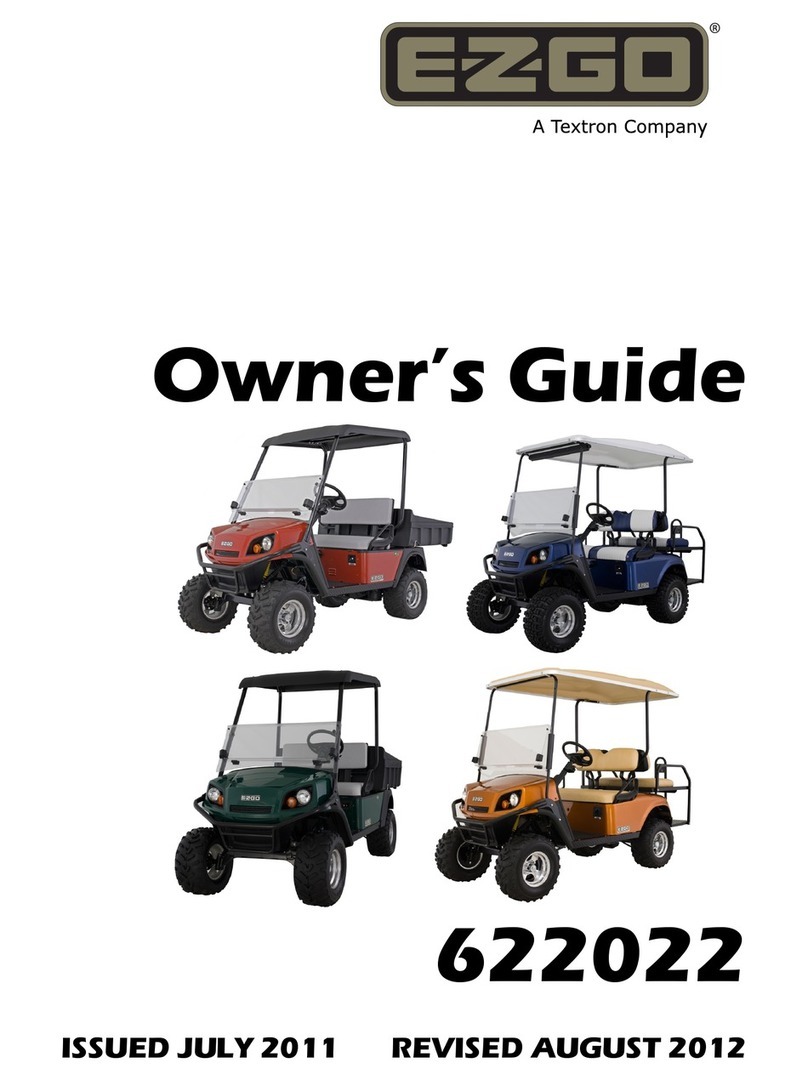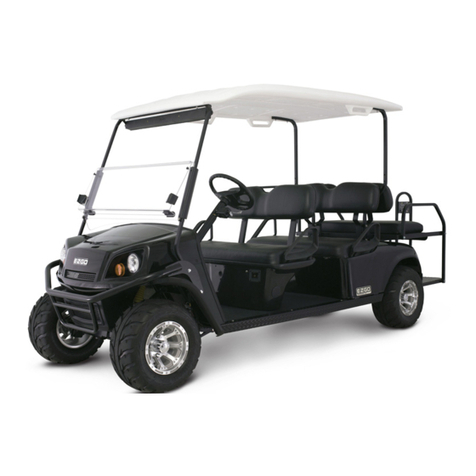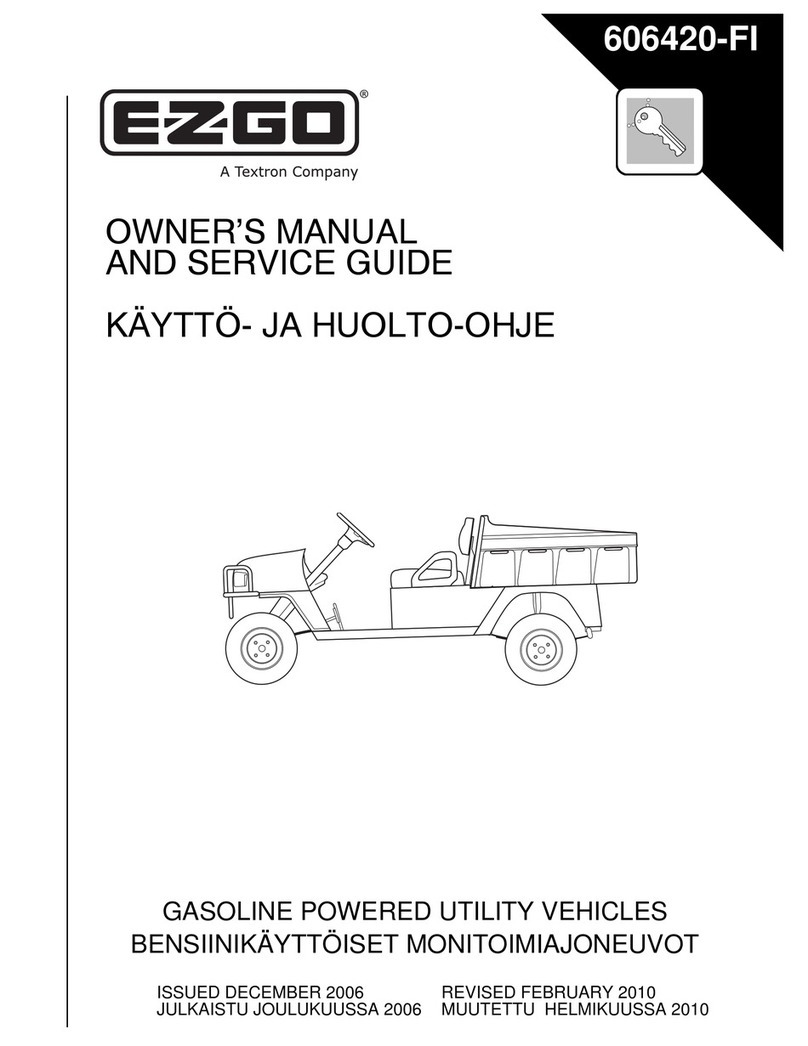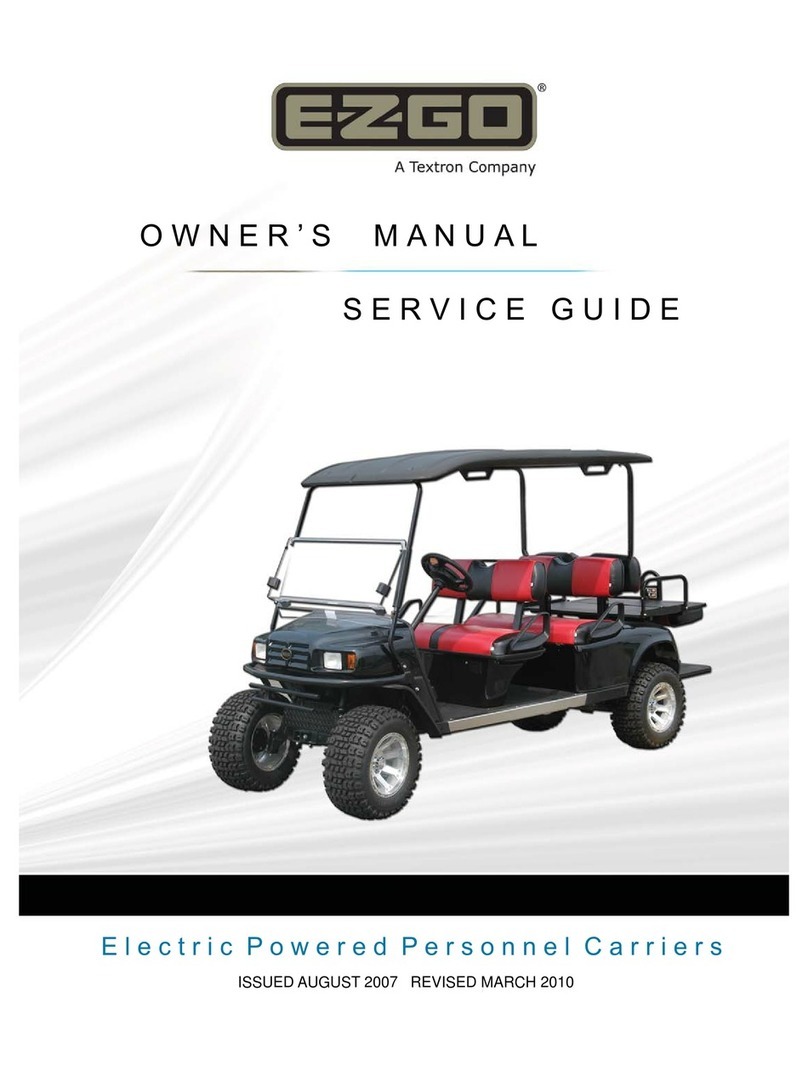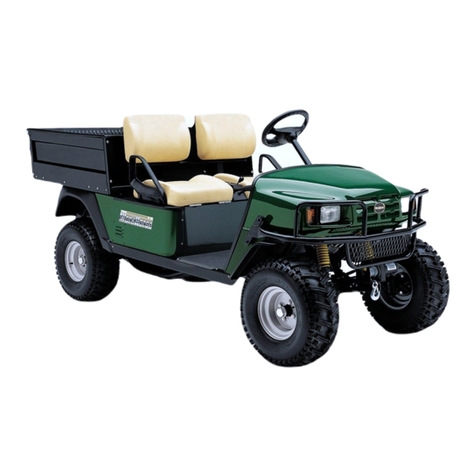
Page iv Owner’s Manual and Service Guide
TABLE OF CONTENTS
Cold Starting ..................................................................................................................................................... 12
Starting the Vehicle on a Hill ............................................................................................................................. 12
Starting the Vehicle with a Discharged Battery ............................................................................................. 12
COASTING ............................................................................................................................... 12
FUEL ........................................................................................................................................12
Fig. 18 Fuel Tank Location ..................................................................................................... 13
TOWING ................................................................................................................................... 13
SERVICING THE VEHICLE .....................................................................................................13
Neutral Lock ...................................................................................................................................................... 14
Fig. 19 Neutral Lock ............................................................................................................... 14
Lifting the Vehicle .............................................................................................................................................. 15
Routine Maintenance ........................................................................................................................................ 15
Fig. 20 Lifting the Vehicle ....................................................................................................... 15
Fig. 21 Lubrication Points ....................................................................................................... 15
POWERTRAIN MAINTENANCE ..............................................................................................16
Removing Debris .............................................................................................................................................. 16
Fig. 22 Cleaning Cooling Fins and Air Intake ......................................................................... 16
Replacing the Fuel Filter ................................................................................................................................... 16
Oil Capacity ....................................................................................................................................................... 16
Oil Recommendations ....................................................................................................................................... 16
Fig. 23 Oil Viscosity Chart ...................................................................................................... 17
Checking the Oil Level ...................................................................................................................................... 17
Fig. 24 Oil Fill Cap, Dipstick and Fuel Filter ........................................................................... 17
Fig. 25 Clean Entire Dipstick .................................................................................................. 17
Fig. 26 Check Oil Level on Dipstick ....................................................................................... 18
Changing the Oil ............................................................................................................................................... 18
Fig. 27 Oil Drain and Filter ..................................................................................................... 18
Changing the Oil Filter ...................................................................................................................................... 18
AIR CLEANER MAINTENANCE ..............................................................................................18
Fig. 28 Air Cleaner ................................................................................................................. 19
Pre-Cleaner Service .......................................................................................................................................... 19
Cartridge Service .............................................................................................................................................. 19
REAR AXLE ............................................................................................................................. 19
Checking the Lubricant Level ............................................................................................................................ 19
Fig. 29 Add, Check and Drain Rear Axle Lubricant ............................................................... 19
STARTER/GENERATOR BELT TENSION ............................................................................. 20
Fig. 30 Check Belt Tension with Gauge ................................................................................. 20
Fig. 31 Check Belt Tension with Finger ................................................................................. 20
Adjusting the Belt .............................................................................................................................................. 20
SPARK PLUGS ........................................................................................................................ 20
Fig. 32 Adjust Belt Tension .................................................................................................... 20
Fig. 33 Gap Spark Plugs ........................................................................................................ 21
BRAKES ...................................................................................................................................21
DAILY BRAKE TEST ...............................................................................................................21
TIRES ....................................................................................................................................... 21
Wheel and Tire Service ..................................................................................................................................... 22
Fig. 34 Wheel Installation ....................................................................................................... 22
LIGHT BULB AND FUSE REPLACEMENT ............................................................................22
Fig. 35 Headlight Replacement .............................................................................................. 23
PROLONGED STORAGE ........................................................................................................ 23
CARE AND CLEANING OF THE VEHICLE ............................................................................ 23
TRANSPORTING VEHICLE ....................................................................................................24



